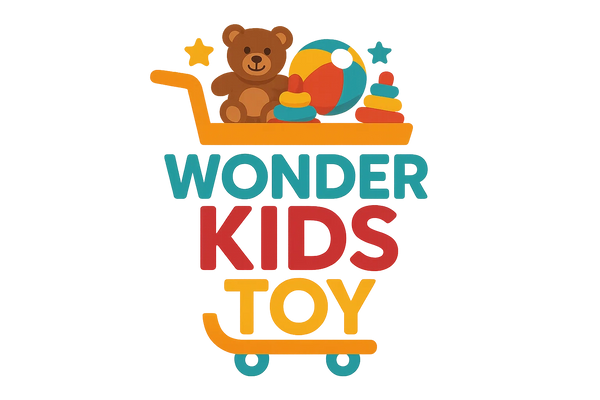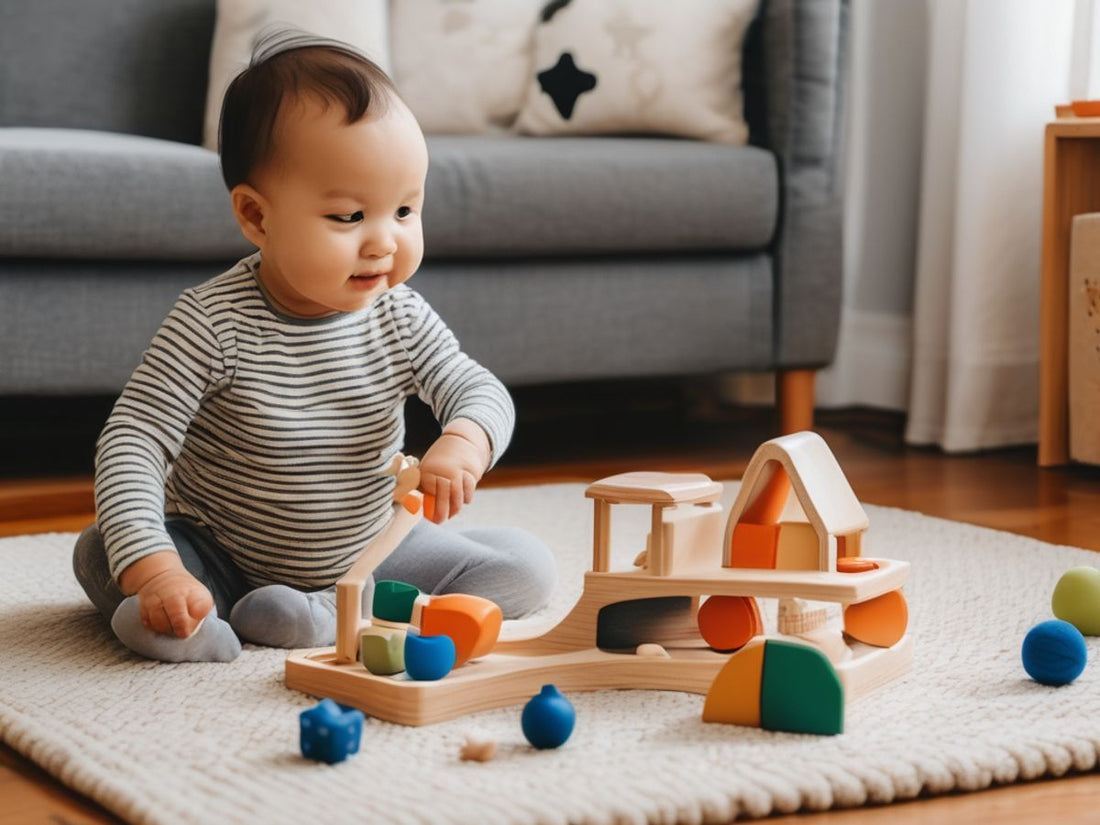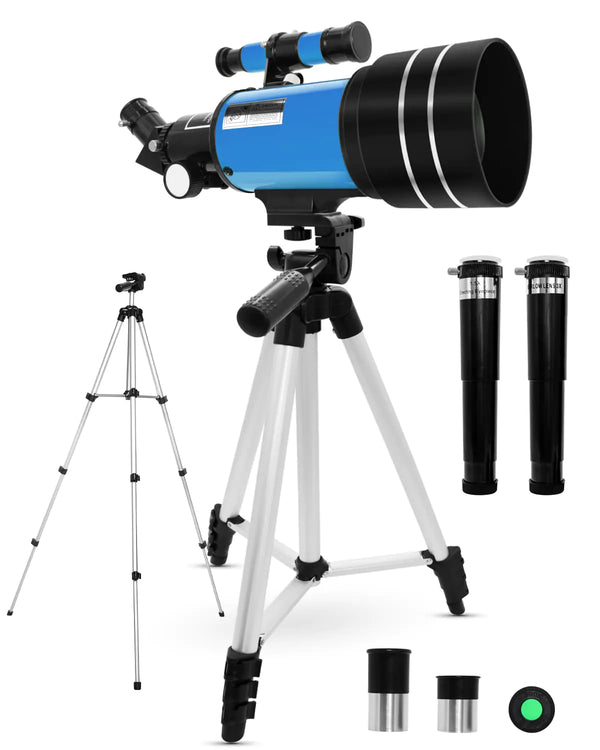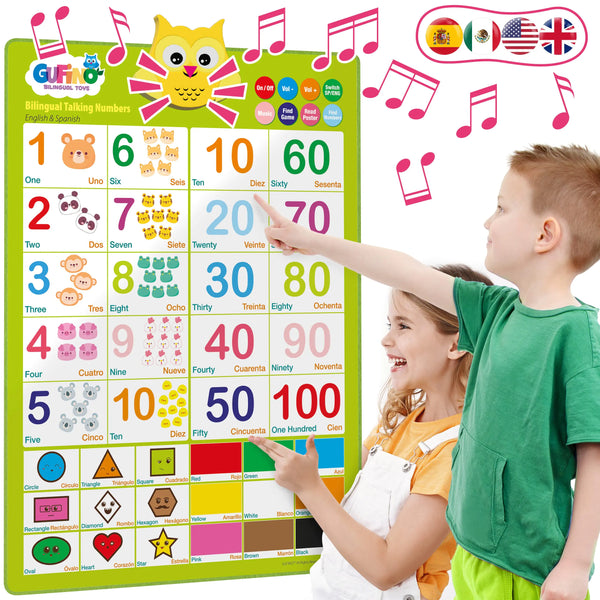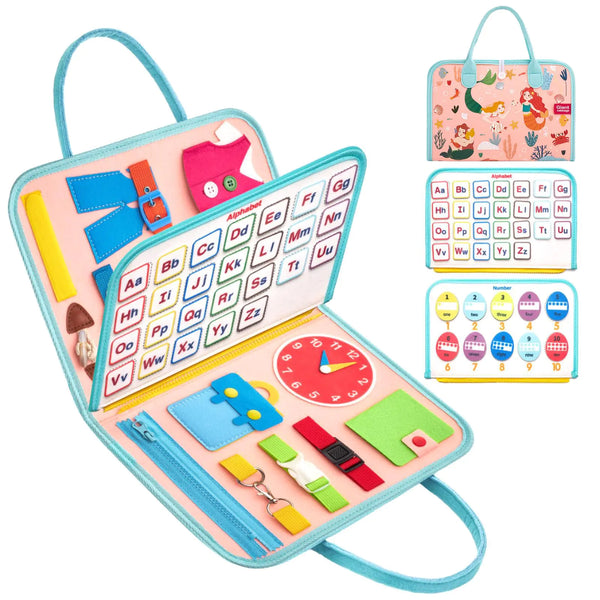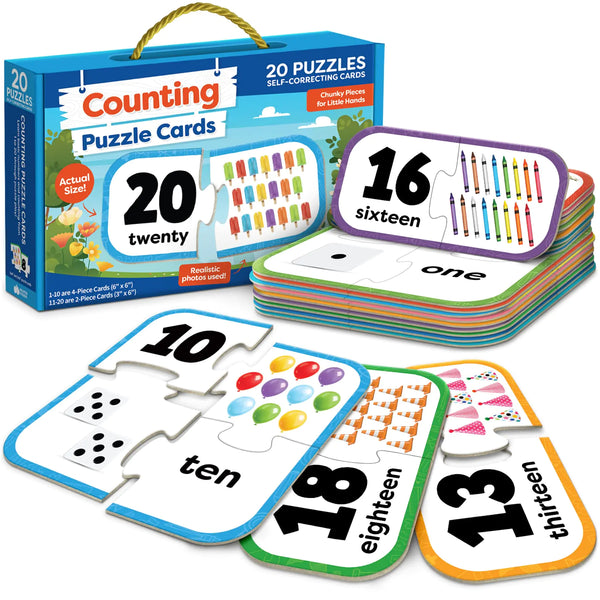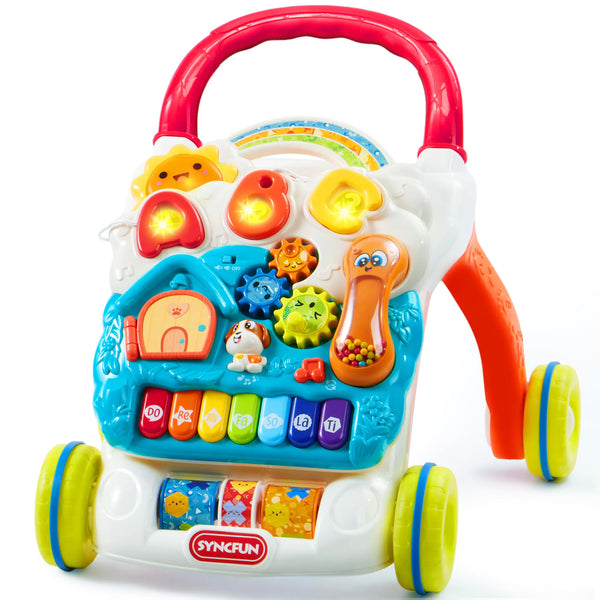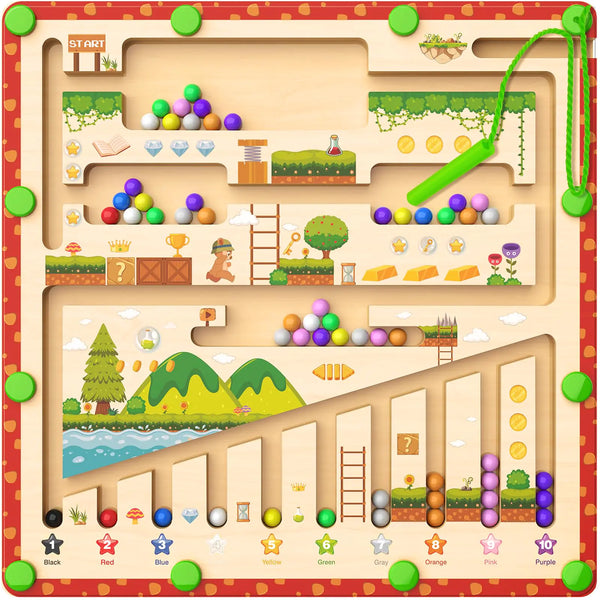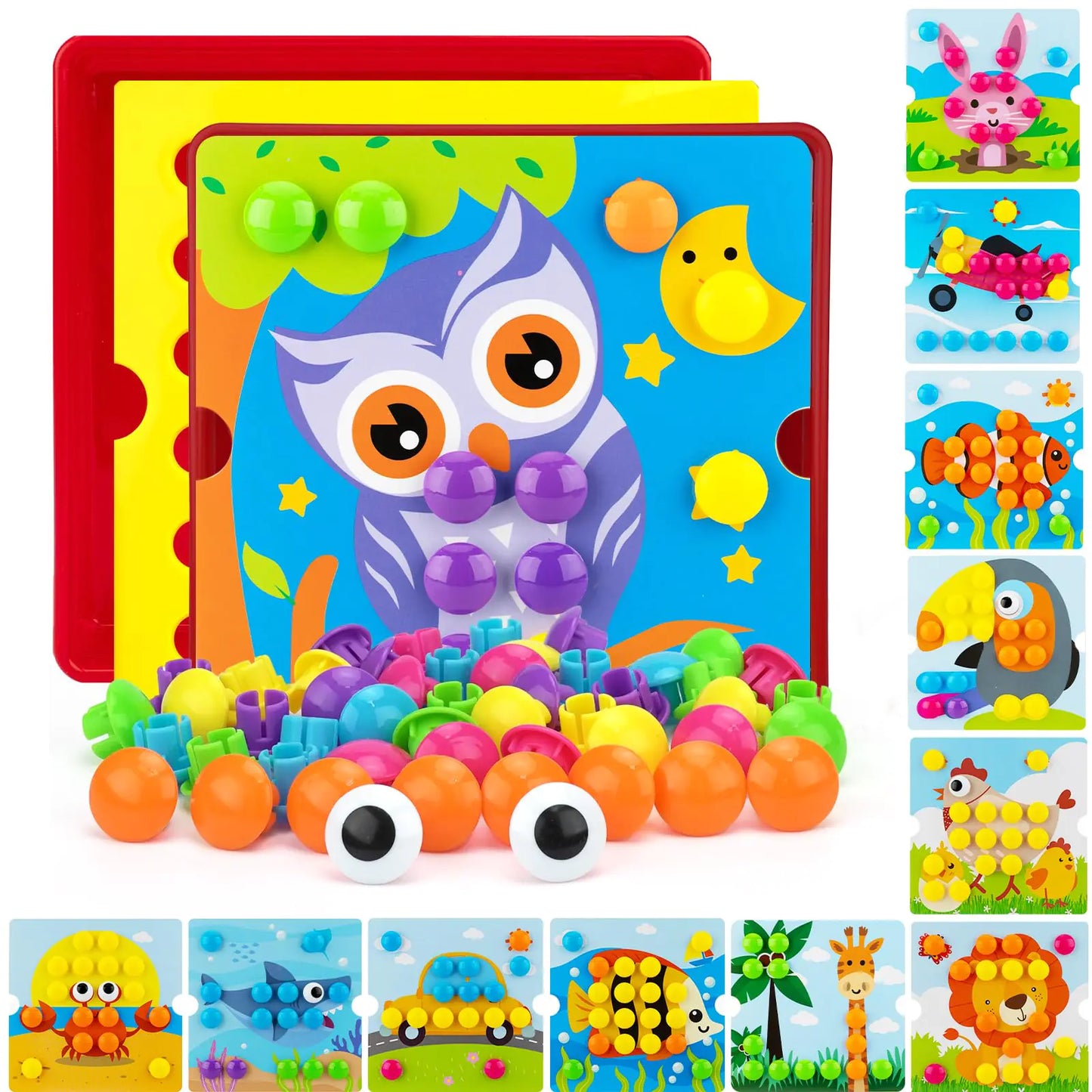Montessori toys have become increasingly popular among parents who wish to foster their infant's development in a holistic and natural way. Rooted in the Montessori method of education, these toys are designed to support a child's growth through play, encouraging independence, creativity, and cognitive skills from a very young age. This ultimate guide will walk you through the benefits of Montessori toys, the best options for different age groups, and tips on how to integrate these toys into your baby's daily routine.
Key Takeaways
- Montessori toys are designed to promote independence, creativity, and cognitive development in infants.
- These toys are typically made from natural and non-toxic materials, ensuring safety and sustainability.
- Different types of Montessori toys are suitable for different developmental stages, from newborns to 12 months old.
- Setting up a Montessori play area at home involves choosing the right space, organizing toys, and creating a safe environment.
- Parents play a crucial role in guiding their infants through Montessori play, encouraging exploration and balancing play with rest.
Why Choose Montessori Toys for Infants

Choosing Montessori toys for infants is a fantastic way to support your baby's development. These toys are designed to be simple, beautiful, and made from natural materials, which makes them safe and appealing for little ones. Montessori toys are purposeful and focus on developing specific skills, aligning perfectly with your child's developmental stage.
Top Montessori Toys for Newborns

Visual Stimulation Toys
For newborns, visual stimulation is crucial as it helps in the development of their vision and cognitive skills. High-contrast toys, like black and white cards or simple mobiles, are perfect for this. These toys captivate their attention and encourage visual tracking.
Tactile Sensory Toys
Tactile sensory toys are designed to engage a baby's sense of touch. Soft, textured toys like fabric squares or sensory balls can provide a variety of sensations. These toys help in developing fine motor skills and hand-eye coordination.
Simple Grasping Toys
Simple grasping toys, such as wooden rings or soft rattles, are excellent for newborns. They are easy to hold and shake, which can be very satisfying for little hands. These toys not only entertain but also promote early grasping reflexes and muscle development.
Investing in Montessori toys for newborns can set the foundation for a lifetime of learning and exploration.
Best Montessori Toys for 3-6 Month Olds

Tummy Time Toys
Tummy time is crucial for your baby's development, and Montessori-inspired tummy time toys can make this activity more engaging. These toys encourage your baby to lift their head, strengthening their neck and shoulder muscles. Look for toys with contrasting colors and simple designs to keep your baby interested without overwhelming them.
Rattles and Shakers
Rattles and shakers are fantastic for developing your baby's auditory senses and motor skills. Opt for wooden or fabric rattles that are easy for tiny hands to grasp. The gentle sounds produced by these toys can be soothing and stimulating at the same time.
Soft Fabric Books
Soft fabric books are perfect for introducing your baby to the world of reading. These books often feature different textures and simple images, making them ideal for sensory exploration. Choose books with high-contrast colors to capture your baby's attention and encourage visual development.
At this stage, it's all about exploration and discovery. Providing a variety of sensory experiences helps your baby develop essential skills while having fun.
Montessori Toys for 6-9 Month Olds

At this stage, babies are developing their fine motor skills and hand-eye coordination. Stacking toys are perfect for this as they encourage babies to grasp, hold, and place objects. These toys help in building problem-solving skills as babies figure out how to stack the pieces correctly. Plus, they are just plain fun!
Rolling toys are fantastic for encouraging movement and exploration. Babies love to chase after these toys, which helps in developing their crawling skills. The act of pushing and rolling also strengthens their arm muscles and coordination. It's a great way to keep them engaged and active.
Teething can be a challenging time for both babies and parents. Montessori teething toys are designed to be safe and soothing for little ones. They are usually made from natural, non-toxic materials, which is a huge plus. These toys not only provide relief for sore gums but also offer sensory stimulation, making them a must-have for this age group.
Observing your baby's interests and developmental stage is key to choosing the right Montessori toys. Every child is different, and what works for one may not work for another.
Engaging Montessori Toys for 9-12 Month Olds

Shape Sorters
Shape sorters are fantastic for developing your baby's problem-solving skills and hand-eye coordination. At this age, infants are curious and eager to explore different shapes and sizes. Shape sorters provide a fun challenge that keeps them engaged while learning.
Pull Toys
Pull toys are great for encouraging your baby to move around and develop their gross motor skills. As they pull the toy along, they learn about cause and effect, which is a crucial cognitive milestone. Plus, it's a lot of fun to watch them giggle as they see the toy follow them!
Musical Instruments
Introducing simple musical instruments like maracas or xylophones can be a delightful experience for your baby. These toys not only help in developing fine motor skills but also foster a love for music. The different sounds and rhythms can be very stimulating and enjoyable for your little one.
At this stage, it's all about exploration and discovery. Providing a variety of engaging toys can make a significant difference in your baby's development.
DIY Montessori Toys for Infants

Creating sensory bottles is a fun and easy way to engage your infant's senses. You can use materials like water, glitter, beads, and even small toys. These bottles help in developing visual tracking skills and can be very calming for babies. Plus, they are super easy to make and customize according to your baby's interests.
Mobiles are fantastic for visual stimulation and can be made using simple materials like wooden rings, ribbons, and lightweight toys. Hang them above your baby's crib or play area to encourage them to reach out and explore. Mobiles can also help in developing hand-eye coordination.
Wooden toys are a staple in Montessori education. You can create simple wooden grasping toys using wooden beads and rings. These toys are not only safe but also help in developing fine motor skills. The natural texture of wood provides a different sensory experience compared to plastic toys.
Making your own Montessori toys can be a rewarding experience. It allows you to customize the toys to suit your baby's developmental needs and interests, all while being cost-effective.
How to Set Up a Montessori Play Area for Infants

When setting up a Montessori play area for your infant, the first step is to choose the right space. Ideally, this should be a quiet corner of your home where your baby can explore safely. A low shelf or baskets to hold toys is essential for keeping the area organized and accessible. A mirror can be added to give your baby visibility of the room, which helps in developing self-awareness. A mat or rug can define the space, and it's helpful if the rug is solid in color or has a simple pattern so that the baby can better focus on the toys that will end up on it. You might also consider a wall hook or play gym to hang mobiles for visual stimulation.
Organizing toys in a Montessori play area is all about simplicity and accessibility. Use low shelves or baskets to store toys, making it easy for your baby to see and reach them. Rotate toys regularly to keep the environment fresh and engaging. This not only keeps your baby interested but also encourages them to explore different types of toys, from puzzles to sensory bottles. Remember, less is more in a Montessori setup. Too many toys can be overwhelming, so keep the selection minimal and focused on developmental benefits.
Safety is paramount when setting up a Montessori play area. Ensure that all toys are made from non-toxic materials and are appropriate for your baby's age. Regularly inspect toys for any signs of wear and tear. Safe storage solutions, like baskets without sharp edges, are also crucial. Additionally, make sure the play area is free from small objects that could pose a choking hazard. By creating a safe environment, you allow your baby the freedom to explore and learn independently.
Setting up a Montessori play area doesn't have to be complicated. With a few thoughtful choices, you can create a space that is both safe and stimulating for your infant.
Where to Buy Montessori Toys for Infants

When it comes to convenience and variety, online stores are hard to beat. Websites like Amazon, Etsy, and Montessori-n-Such offer a wide range of Montessori toys that cater to different developmental stages. Shopping online allows you to read reviews and compare prices easily. Plus, many online stores offer fast shipping options, so you can get your hands on those educational toys quickly.
Supporting local businesses is always a good idea. Many local toy stores and specialty shops carry Montessori toys. These stores often have knowledgeable staff who can help you choose the best toys for your infant's developmental needs. Plus, you get to see and feel the toys before making a purchase, which can be a big advantage.
If you're on a budget, second-hand options can be a lifesaver. Websites like eBay and Facebook Marketplace often have gently used Montessori toys at a fraction of the cost. Thrift stores and consignment shops are also worth checking out. Just make sure to inspect the toys for any wear and tear to ensure they are safe for your little one.
Finding the right Montessori toys doesn't have to be a daunting task. Whether you prefer the convenience of online shopping, the personalized service of local shops, or the budget-friendly options of second-hand stores, there's something out there for everyone.
Tips for Introducing Montessori Toys to Your Infant

Observing Your Baby's Interests
One of the first steps in introducing Montessori toys to your infant is to observe their interests . Pay attention to what captures their attention and curiosity. This will help you choose toys that are not only educational but also engaging for your baby. Remember, the goal is to support their natural development through play.
Rotating Toys
To keep things fresh and exciting, consider rotating the toys available to your baby. Instead of overwhelming them with too many options, offer a few toys at a time and switch them out regularly. This not only keeps your baby engaged but also helps them focus on mastering one skill at a time.
Encouraging Independent Play
Montessori toys are designed to promote independent play. Encourage your baby to explore and play with the toys on their own. This fosters a sense of independence and self-confidence. While it's important to be present and supportive, try to resist the urge to intervene too much. Let your baby lead their own learning journey.
Introducing Montessori toys to your infant can be a rewarding experience. By observing their interests, rotating toys, and encouraging independent play, you can create a stimulating and supportive environment for their development.
Montessori Toy Safety Tips

When selecting Montessori toys for your infant, it's crucial to choose items made from non-toxic materials. Safety should always come first. Look for toys that are BPA-free, phthalate-free, and made from natural materials like wood or organic cotton. This ensures that even if your baby puts the toy in their mouth, they are not exposed to harmful chemicals.
Regular inspection of toys is essential to ensure they remain safe for your infant. Check for any signs of wear and tear, such as cracks, splinters, or loose parts. If a toy is damaged, it's best to repair or replace it immediately to prevent any potential hazards.
Proper storage of toys can also contribute to a safer play environment. Use storage bins or shelves that are easily accessible to your infant but ensure they are sturdy and won't tip over. Organizing toys in a way that prevents clutter can also reduce the risk of accidents.
Remember, the goal is to create a safe and engaging environment where your infant can explore and learn independently.
The Role of Parents in Montessori Play

Being a Guide, Not a Teacher
In the Montessori approach, my role as a parent is to guide rather than teach. This means I provide the tools and environment for my baby to explore and learn independently. It's about fostering curiosity and self-discovery. I avoid giving direct instructions and instead, let my child figure things out on their own.
Encouraging Exploration
I encourage my baby to explore their surroundings and interact with their toys in their own way. This helps them develop problem-solving skills and boosts their confidence. I make sure to offer a variety of Montessori toys that cater to different senses and developmental stages.
Balancing Play and Rest
It's important to balance playtime with rest. I observe my baby's cues to know when they need a break. Overstimulation can be counterproductive, so I ensure there's a healthy mix of active play and quiet time. This balance helps in maintaining their overall well-being and happiness.
By learning how our children learn, we empower ourselves to move away from reactive overwhelm to proactive connection – achieving a state of peace, love, purpose, and respect.
Parents play a crucial role in Montessori play by providing the right environment and tools for their children's development. Discover how you can enhance your child's learning experience with our specially curated Montessori toys. Visit our website to explore our collection and make playtime truly wonderful!
Conclusion
Alright, folks, there you have it – the ultimate guide to Montessori toys for infants! We’ve covered everything from the basics of what makes a toy Montessori-approved to some of the best options out there for your little one. Remember, the goal is to choose toys that are simple, safe, and purposeful, helping your baby develop essential skills while having fun. So, go ahead and explore the wonderful world of Montessori toys – your baby will thank you for it! Happy playing!
Frequently Asked Questions
What are Montessori toys?
Montessori toys are designed to promote independent learning and exploration in children. They are typically made from natural materials and focus on developing specific skills according to the child's developmental stage.
Why are Montessori toys beneficial for infants?
Montessori toys help infants develop fine motor skills, hand-eye coordination, and sensory perception. They encourage independent play and exploration, fostering cognitive development from an early age.
How do Montessori toys differ from traditional toys?
Montessori toys are usually simpler and made from natural materials. They are designed to focus on one skill at a time, whereas traditional toys might be more complex and made from synthetic materials.
What are some examples of Montessori toys for newborns?
Examples of Montessori toys for newborns include visual stimulation toys like black and white cards, tactile sensory toys like soft fabric squares, and simple grasping toys like wooden rings.
Can I make DIY Montessori toys at home?
Yes, you can make DIY Montessori toys at home using simple materials. Examples include homemade sensory bottles, DIY mobiles, and simple wooden toys.
Where can I buy Montessori toys for infants?
You can buy Montessori toys for infants from online stores, local shops, and even second-hand options. Some popular online stores include Amazon, Etsy, and specialty Montessori retailers.
How do I introduce Montessori toys to my infant?
To introduce Montessori toys to your infant, observe your baby's interests, rotate toys to keep them engaged, and encourage independent play by setting up a safe and organized play area.
Are Montessori toys safe for infants?
Montessori toys are generally safe for infants as they are made from non-toxic materials. However, it's important to regularly inspect the toys for any damage and ensure they are stored safely.

